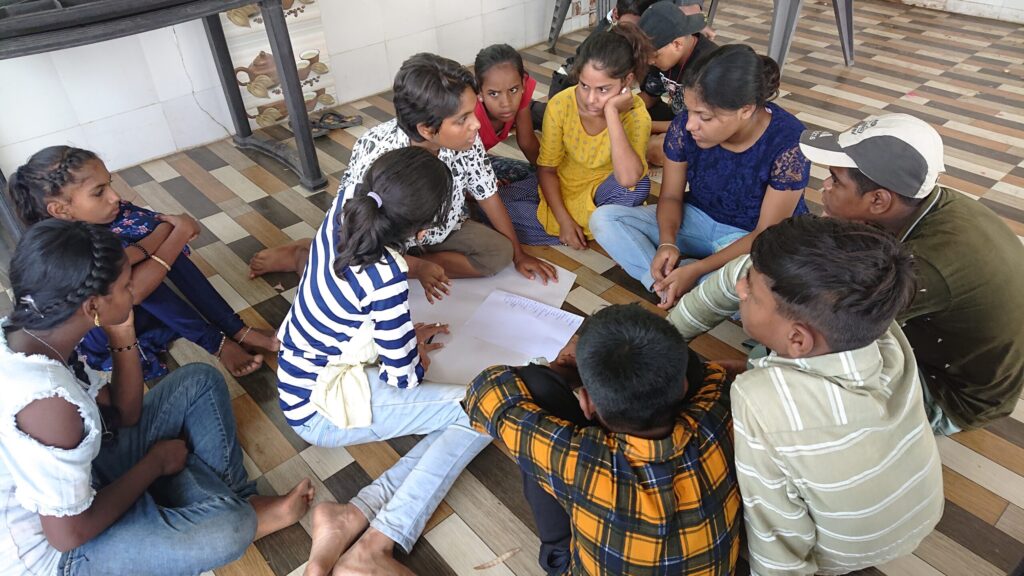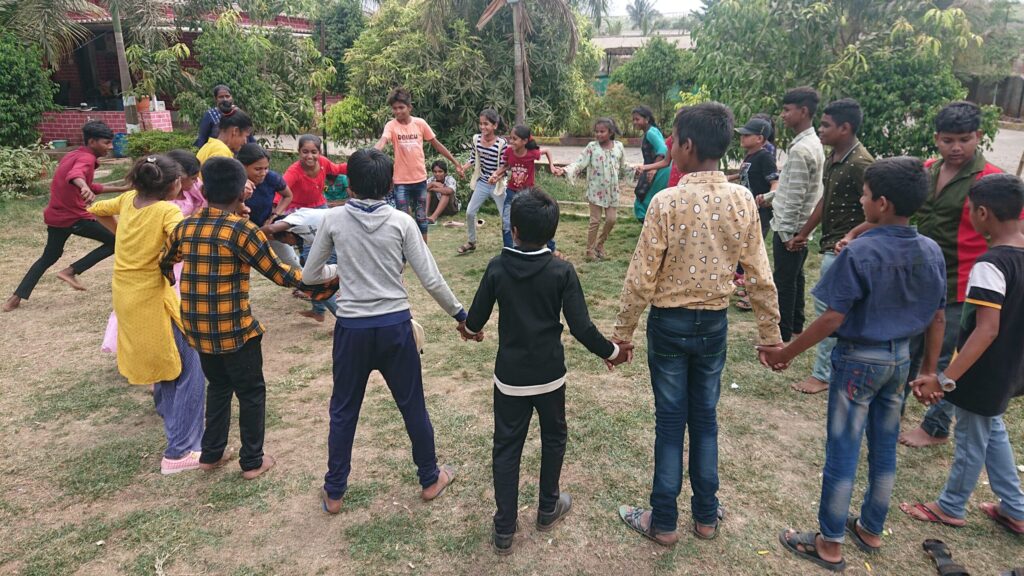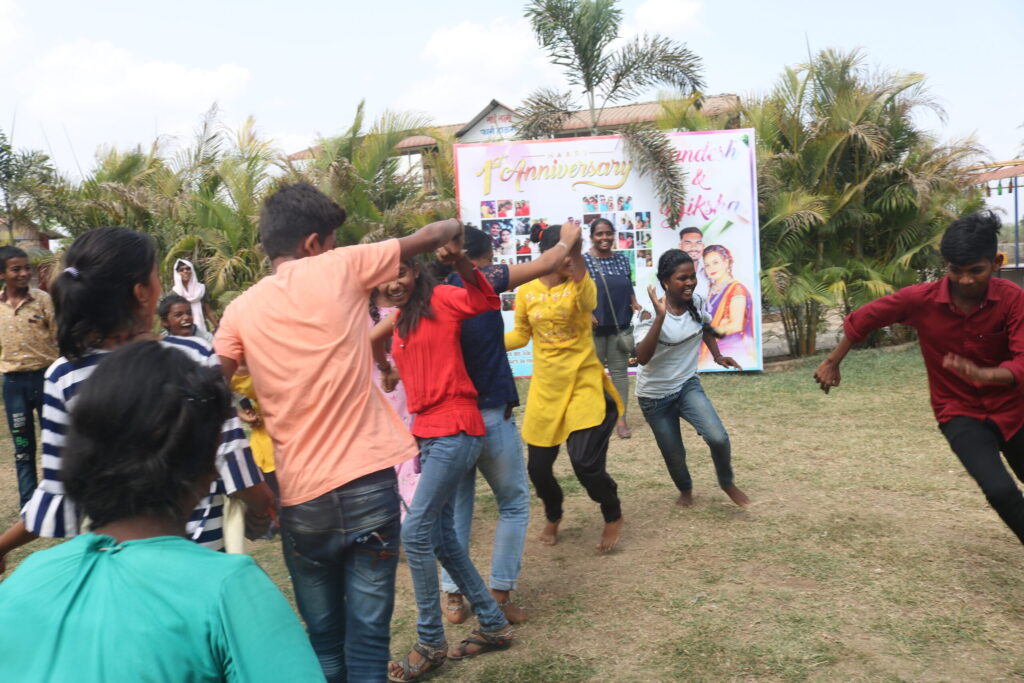With a view to building the next generation of youth leaders, Anubhuti organized an overnight residential training camp with 11-14 years youth on 21-22 May. This was an organizational milestone – the first time that we succeeded in bringing Adivasi youth along with other Bahujan, Rural youth. 27 participants from 3 villages came – Rahtoli and Chon in interior Badlapur, and Kolegaon in Dombivali.
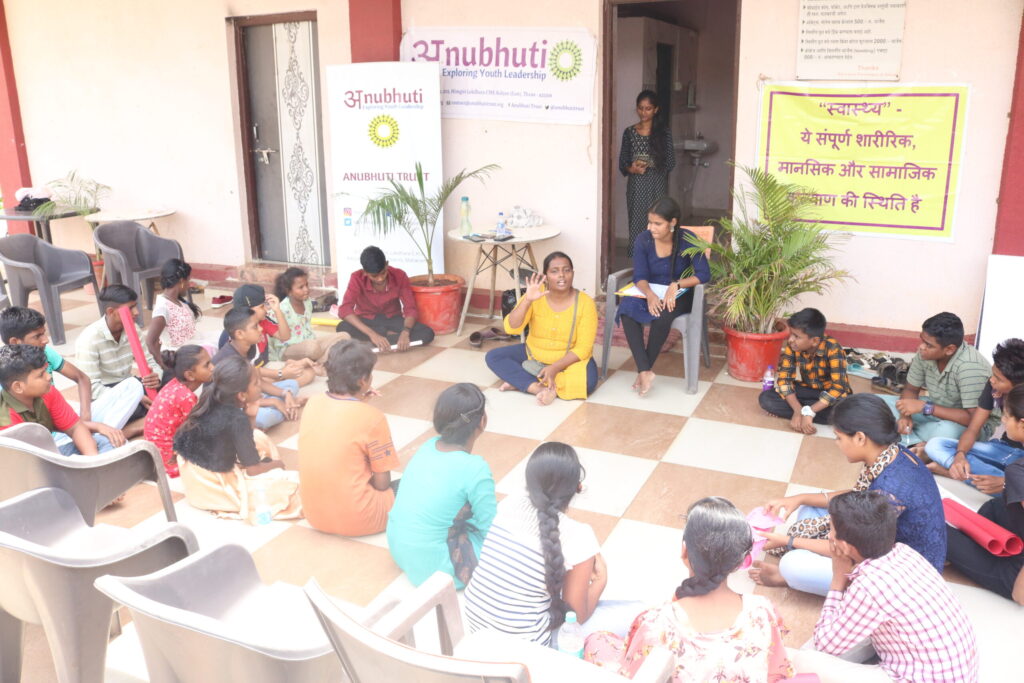
The two days were packed with sessions on:
Understanding Superstitions, Caste and other social hierarchies: While these beliefs begin to be ingrained in us since very young childhood, this is the age when we develop critical thinking and must use the same to question whether our beliefs are based on truth and human values, or are illogical and inhuman. Group discussions were used to facilitate sharing and learning.
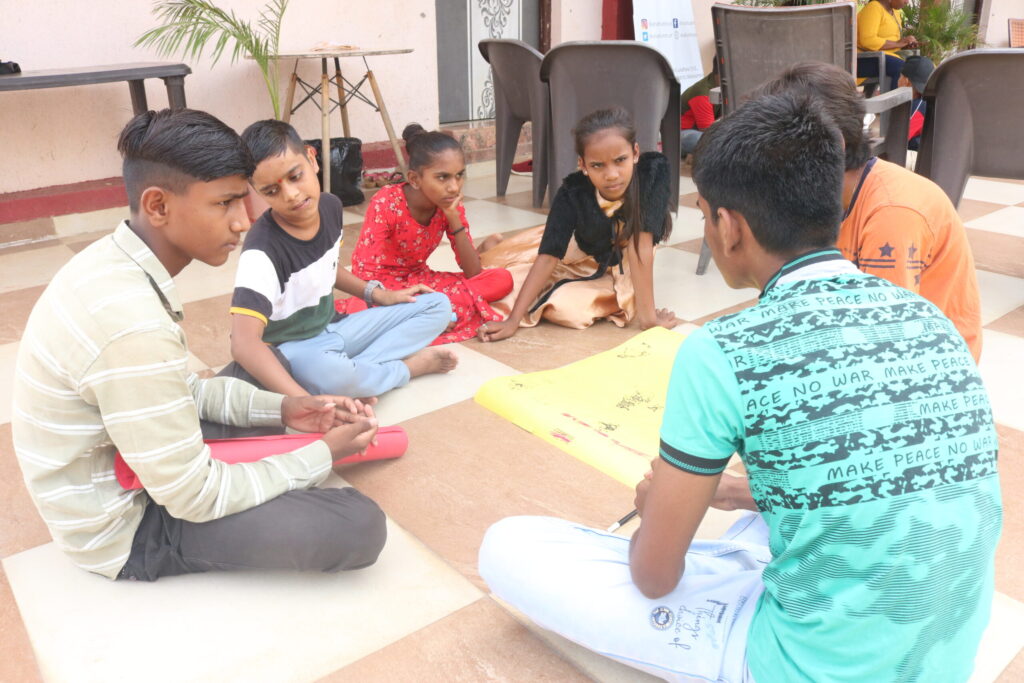
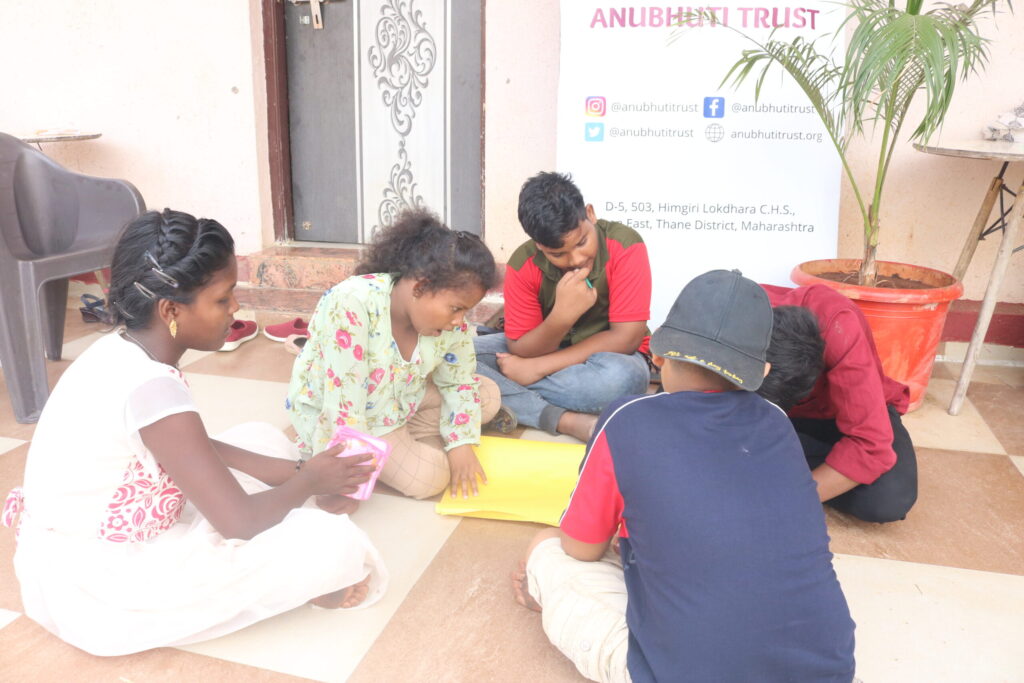
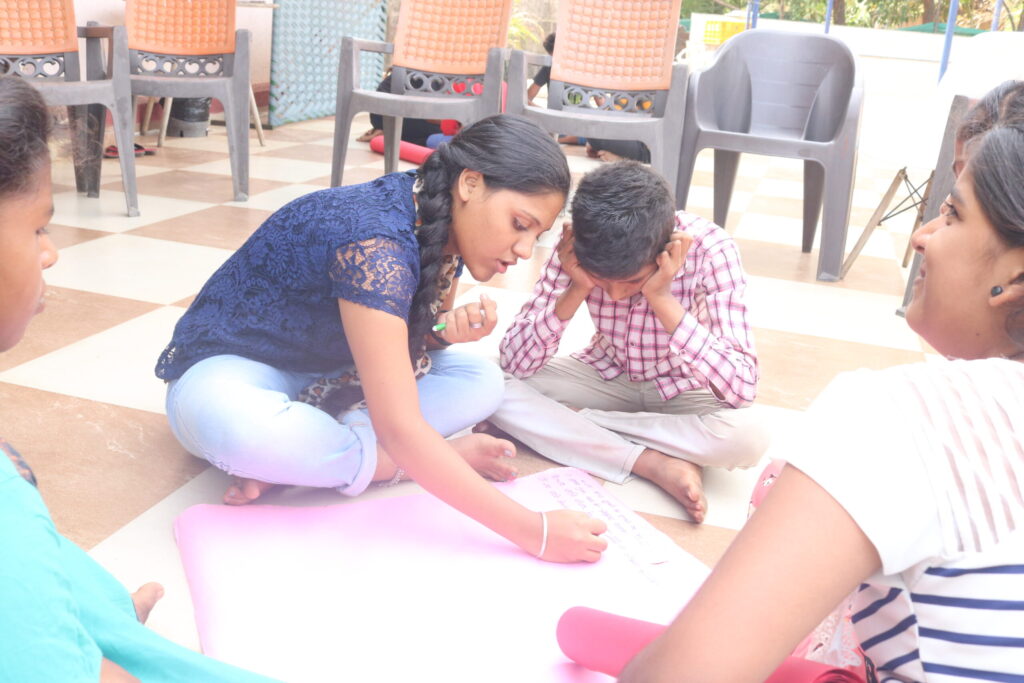
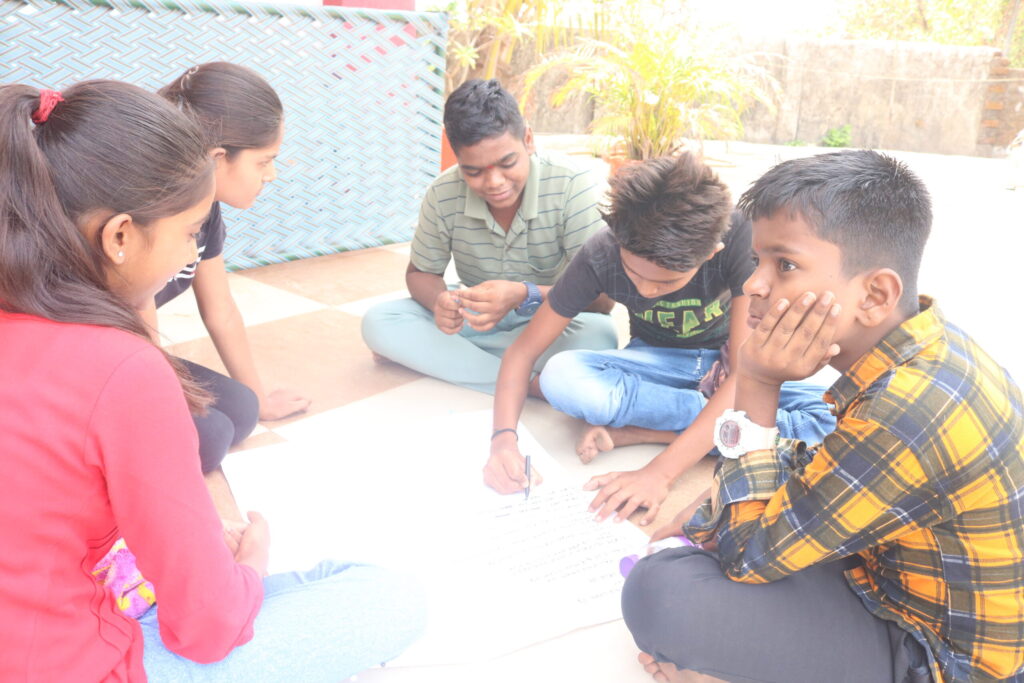
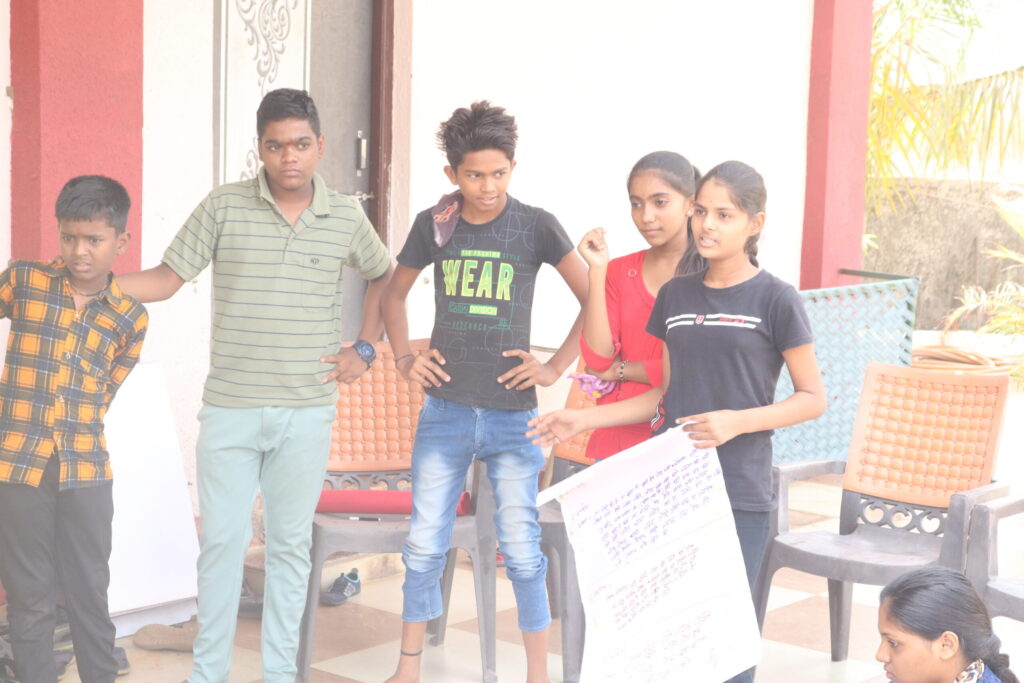
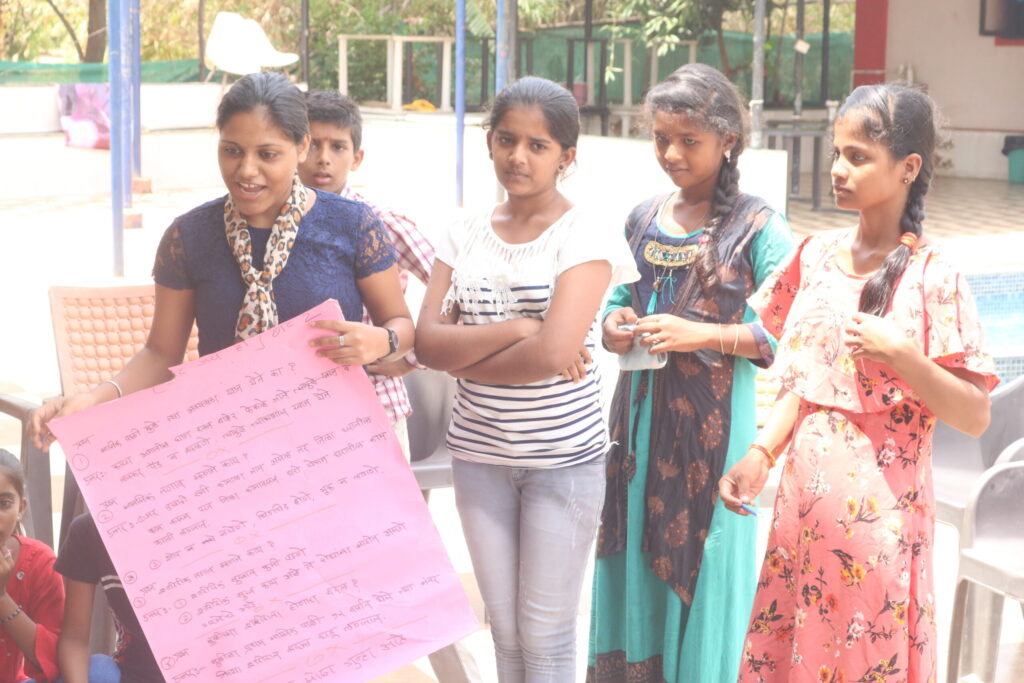
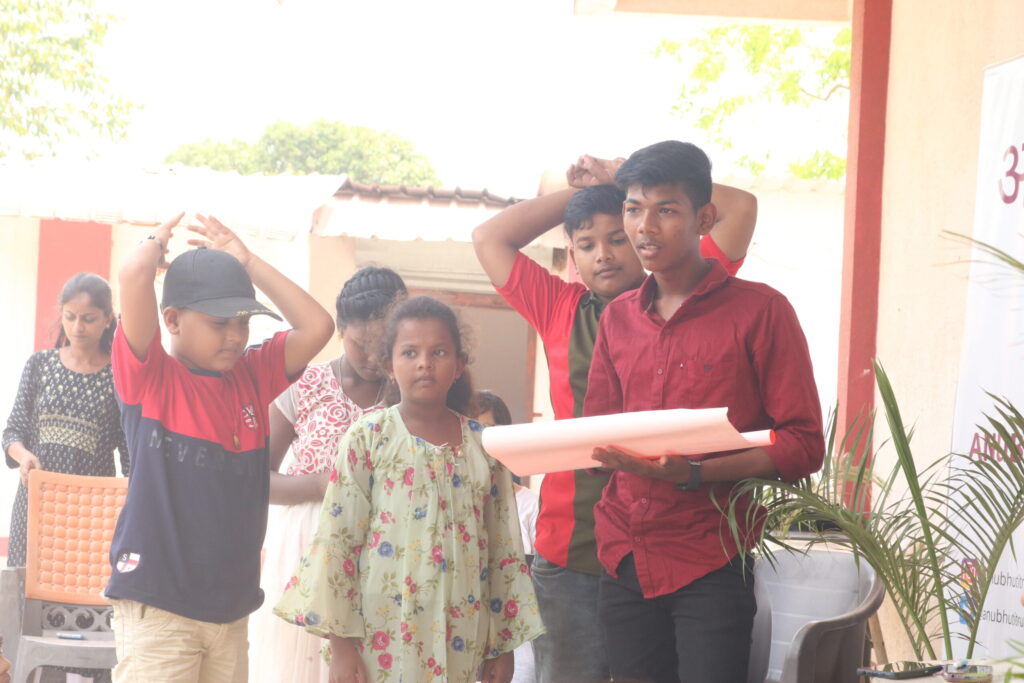
Access to Resources: A game was first used to demonstrate how access remains inequitable due to the hierarchies learnt about in the first session. The following discussions brought forth the injustice of such inequity borne by those already vulnerable. The youth themselves came to the conclusion of equitable distribution and reservations as an important part of the same.
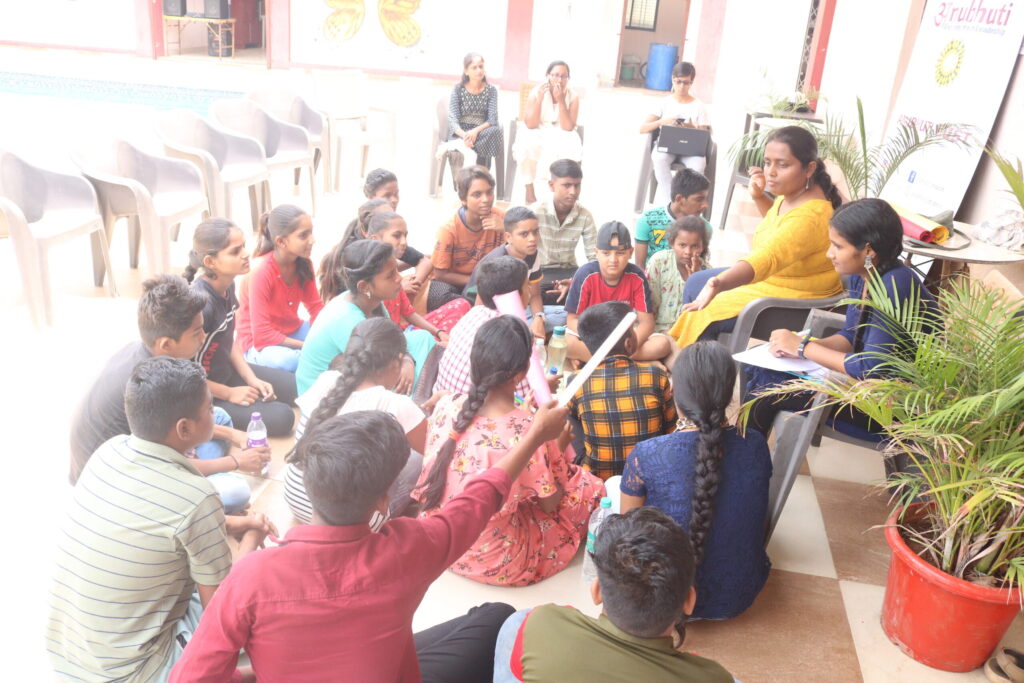
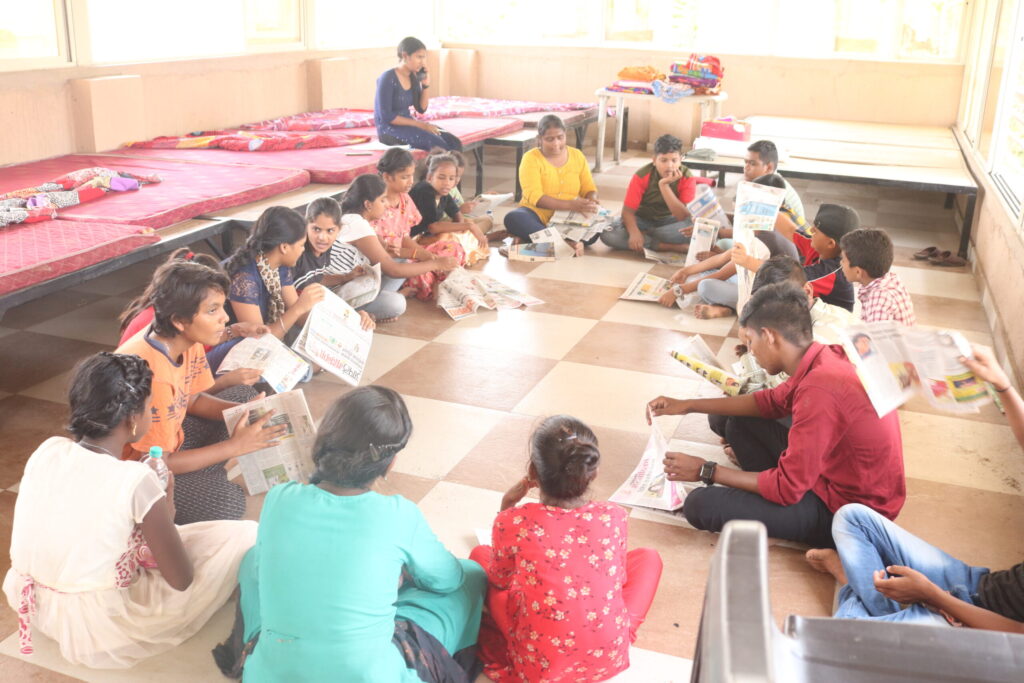
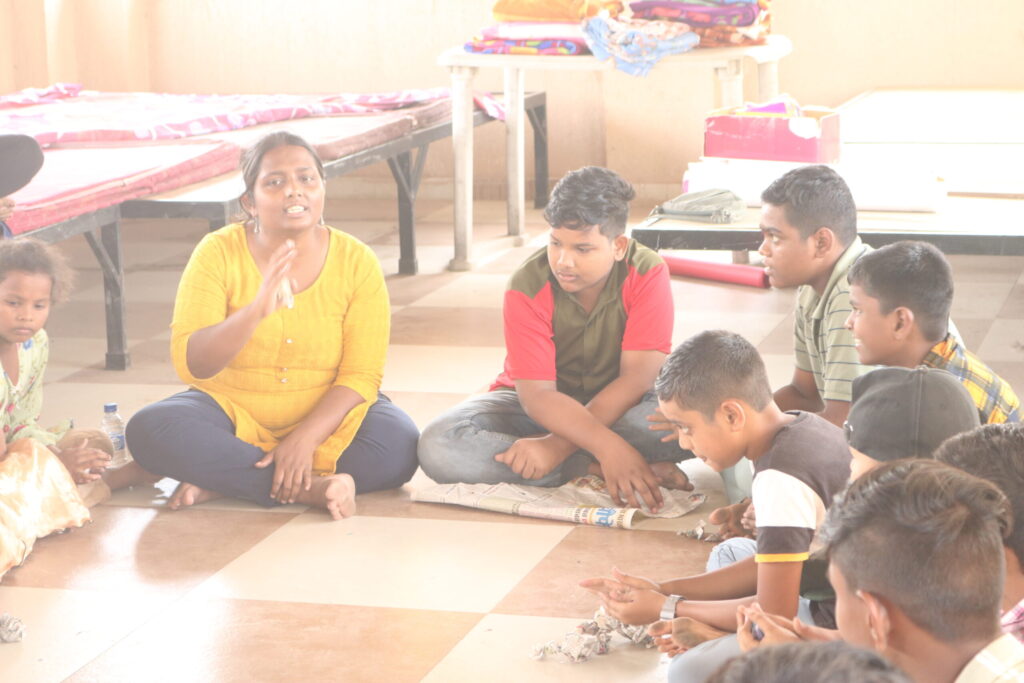
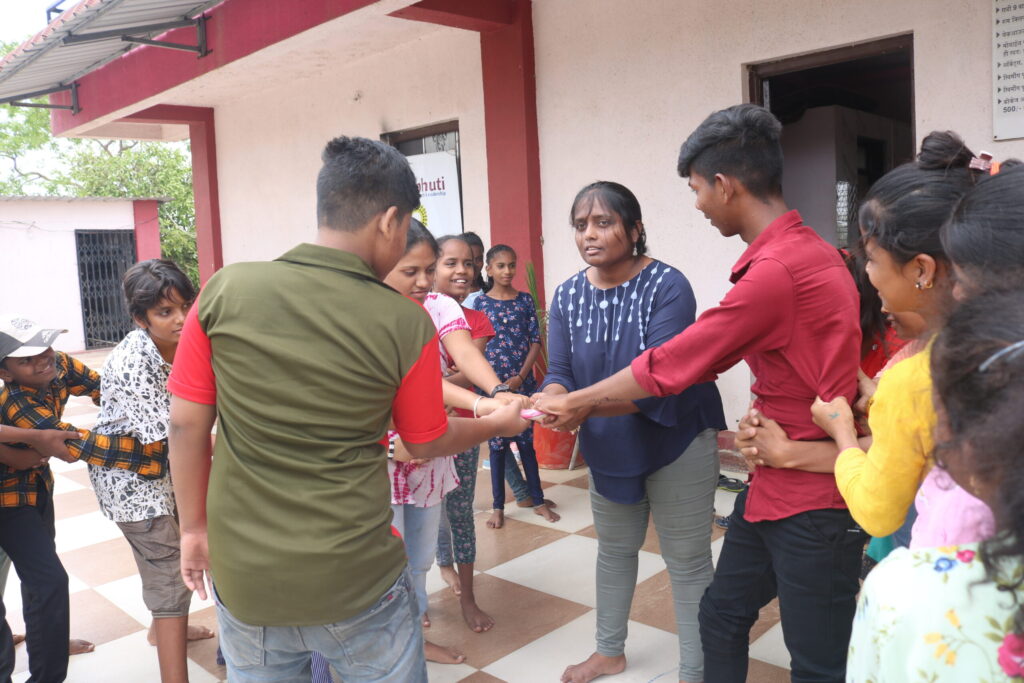
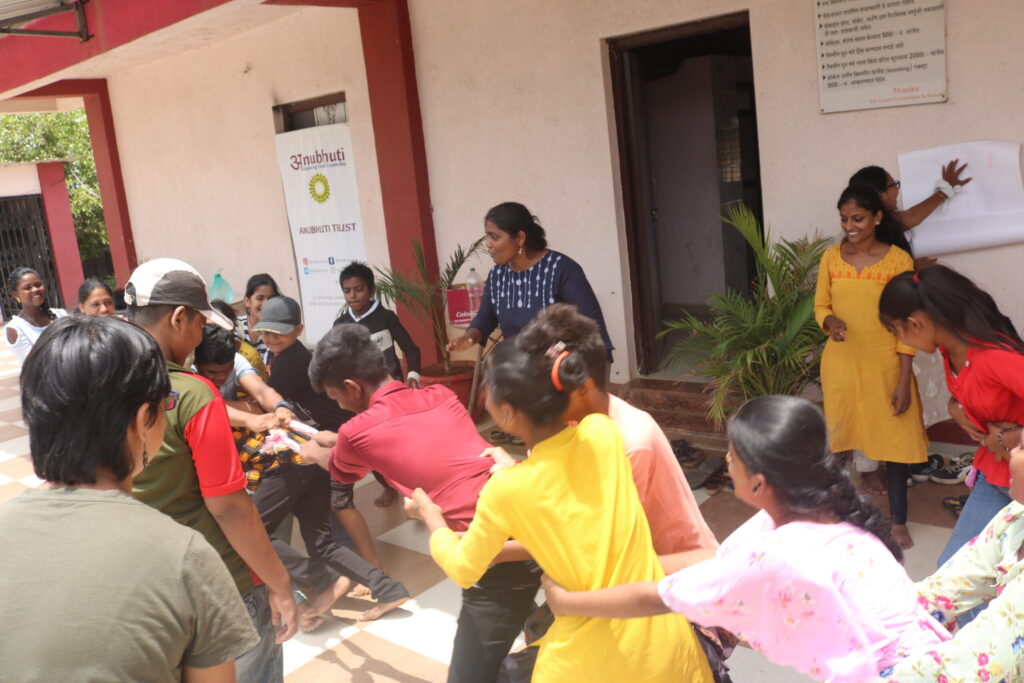
Leadership – Democratic, Grassroot, Collective, Decentralized and Diverse: Games and Group work were used where each youth came up with insightful ideas about leadership that sees each individual having inherent value as a leader irrespective of whether they are ‘visible’ – because a majority face invisibalization by society’s biases. Youth also discussed the need to work on our own biases, the need to claim and demonstrate our leadership since society will more often not give leadership spaces to Bahujan youth, and the diverse and rich leadership already available in the grassroot that if tapped can bring forth big changes.
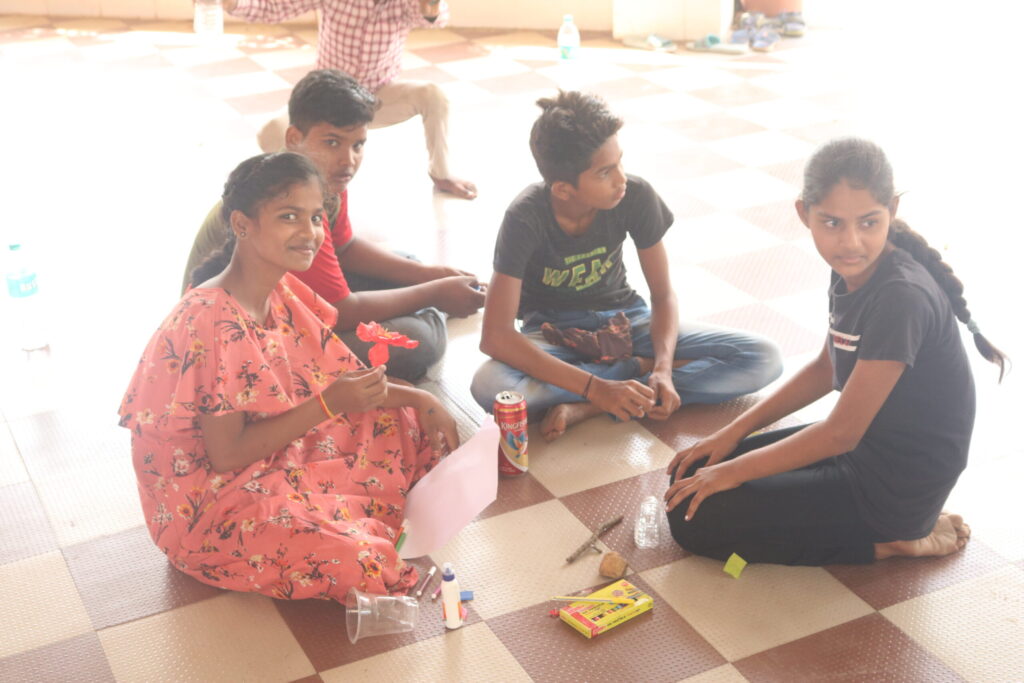
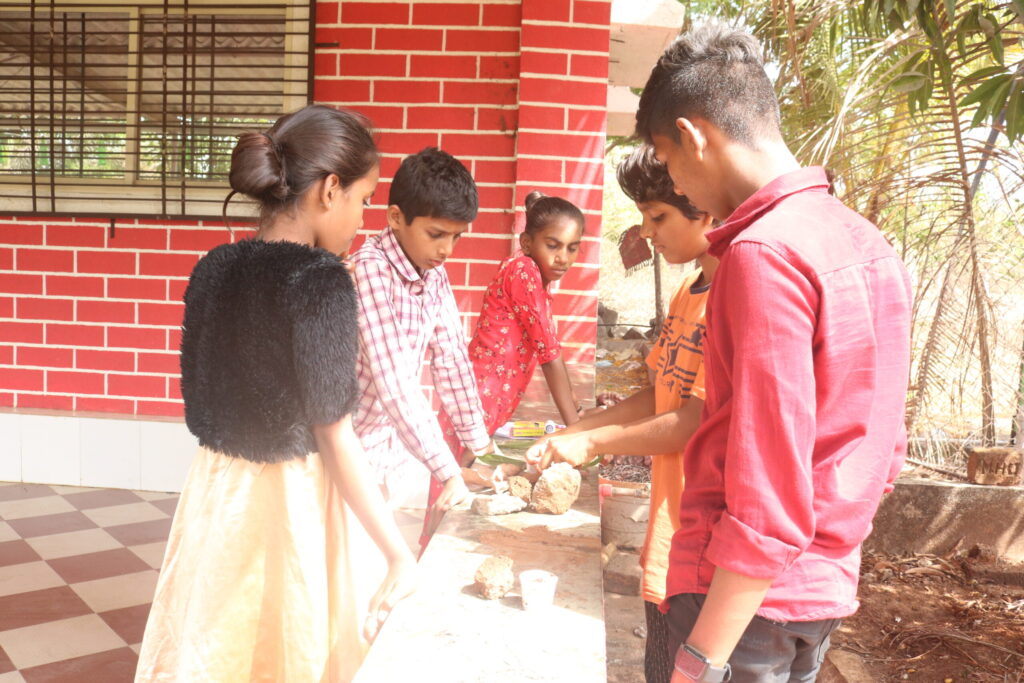
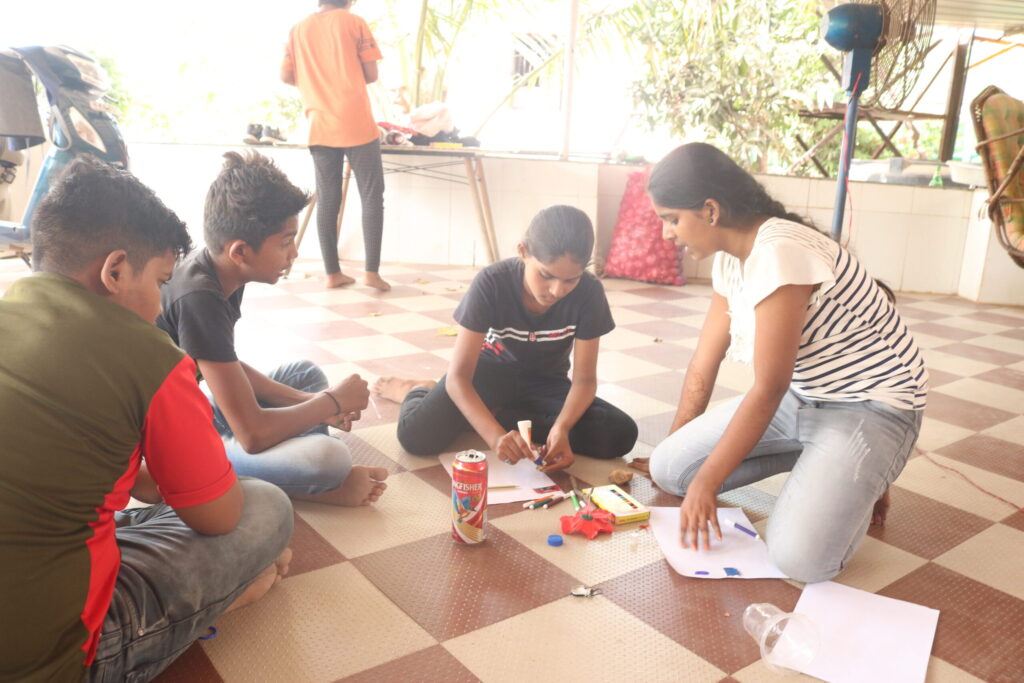
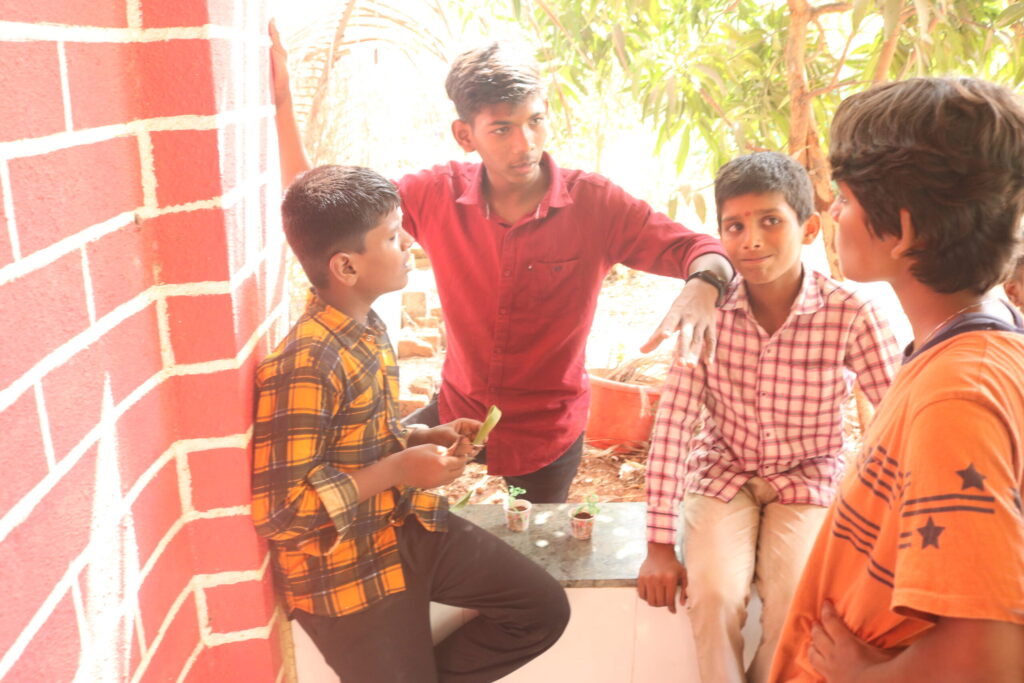
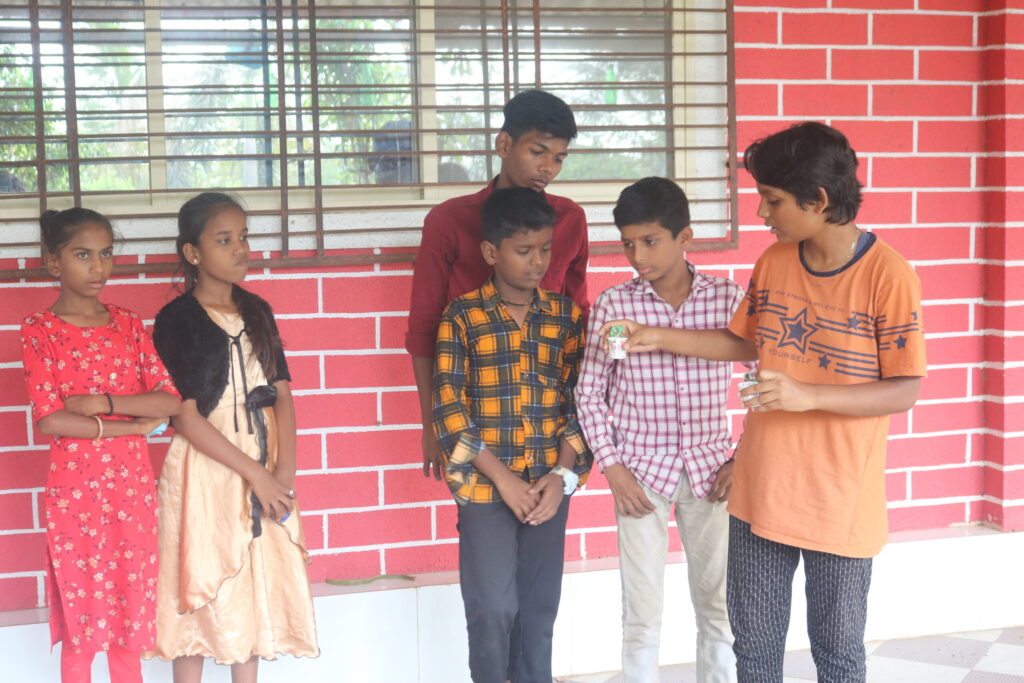
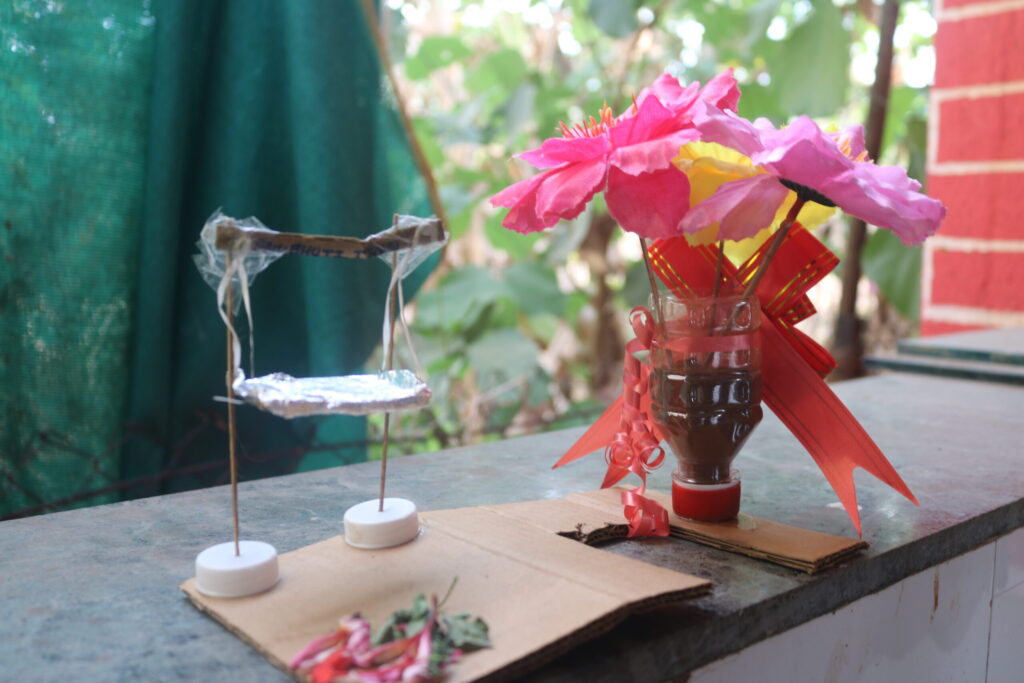
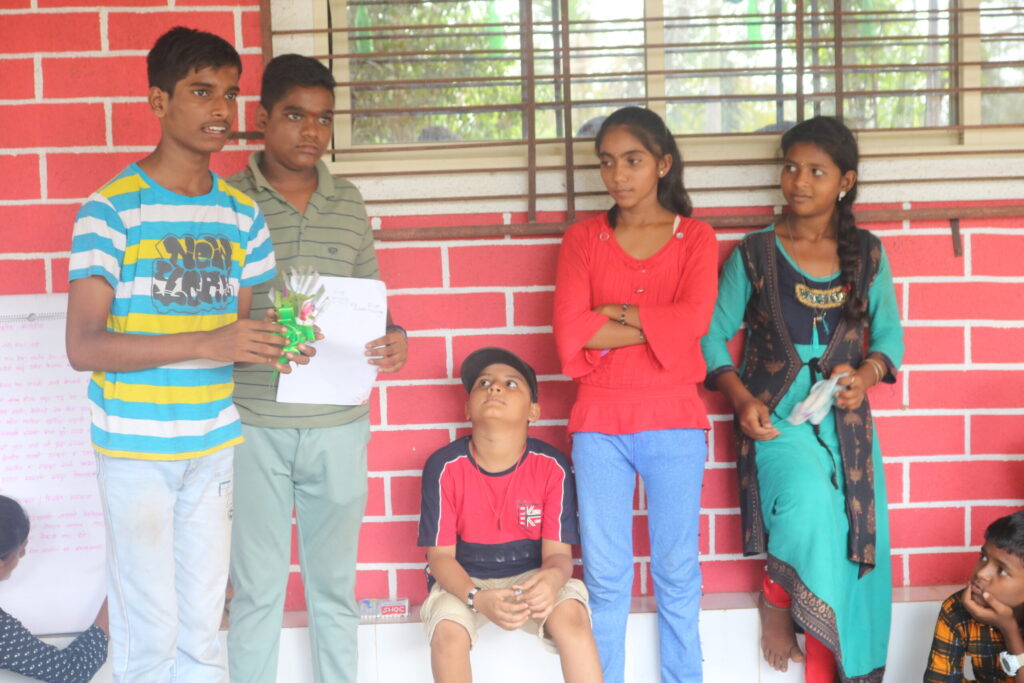
Body Literacy: the participating age group was ideal for starting conversations and answering questions about changes in the body during puberty. This is the age when one has a lot of curiosity as well as confusion and frustrations that are compounded by misinformation and myths about our own, as well as others’ bodies. While both girls and boys participated enthusiastically, remarkably it was the girls who were more forthright and matter-of-fact in their presentation than the boys who took some prodding and encouragement.
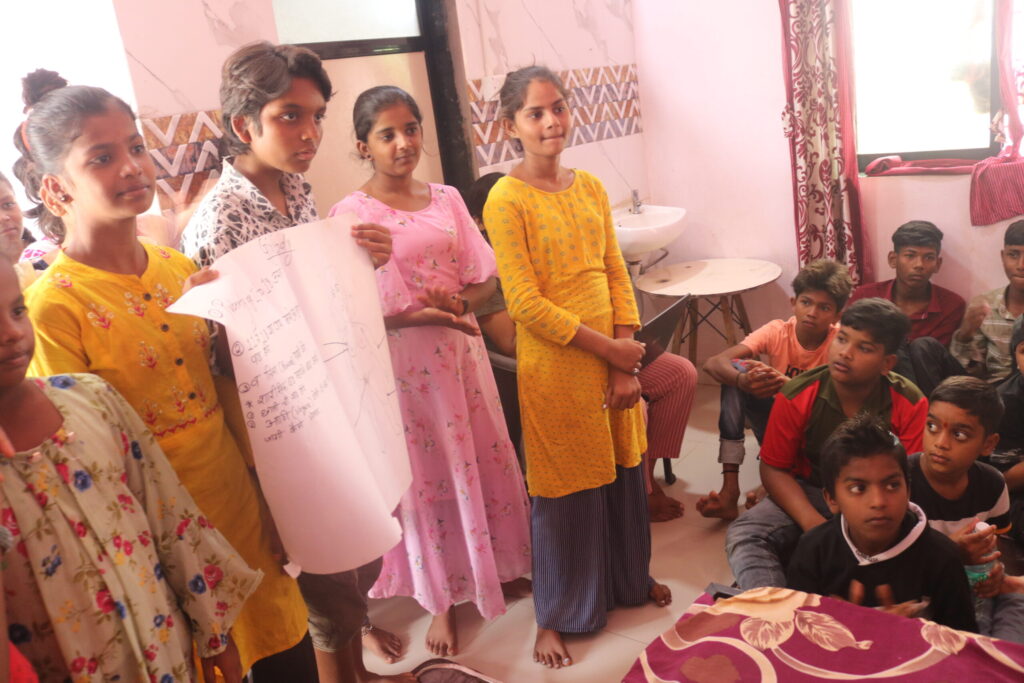
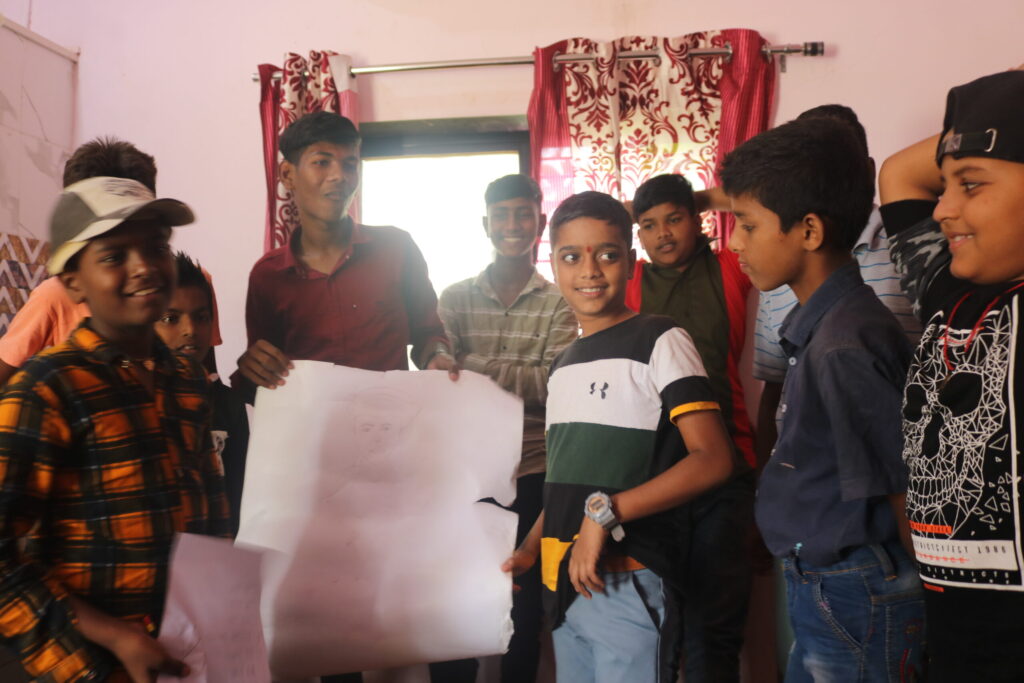
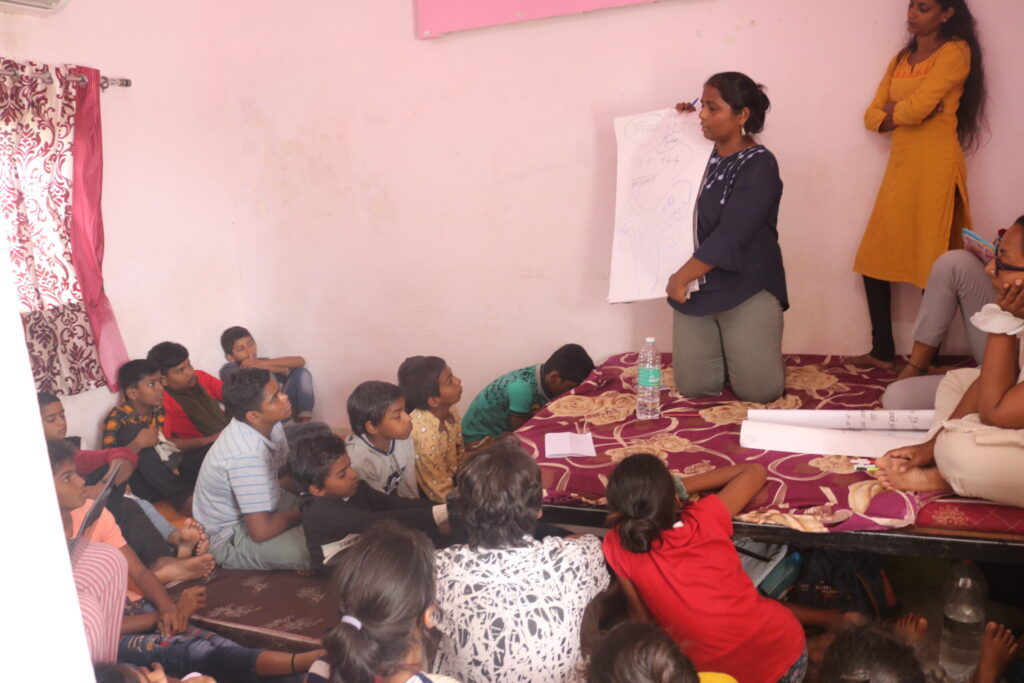
Standing up to Social Violence: One particular game proved very important in tying up learnings from the earlier sessions. It brought to light how social hierarchies result in violent, inhuman, horrific crimes (eg. Khairlanji case – caste atrocities that included rape, torture and murder of a Dalit family in which the entire village was complicit, Unnao case – mob sexual attack and murder by ‘respectful’ and highly-placed members of society on a young child from a nomadic tribe) on a regular basis, with rarely any justice, and instead with support of the powerful to the perpetrators. It pushed the youth to think of how they will use their leadership by standing up to such injustices.
